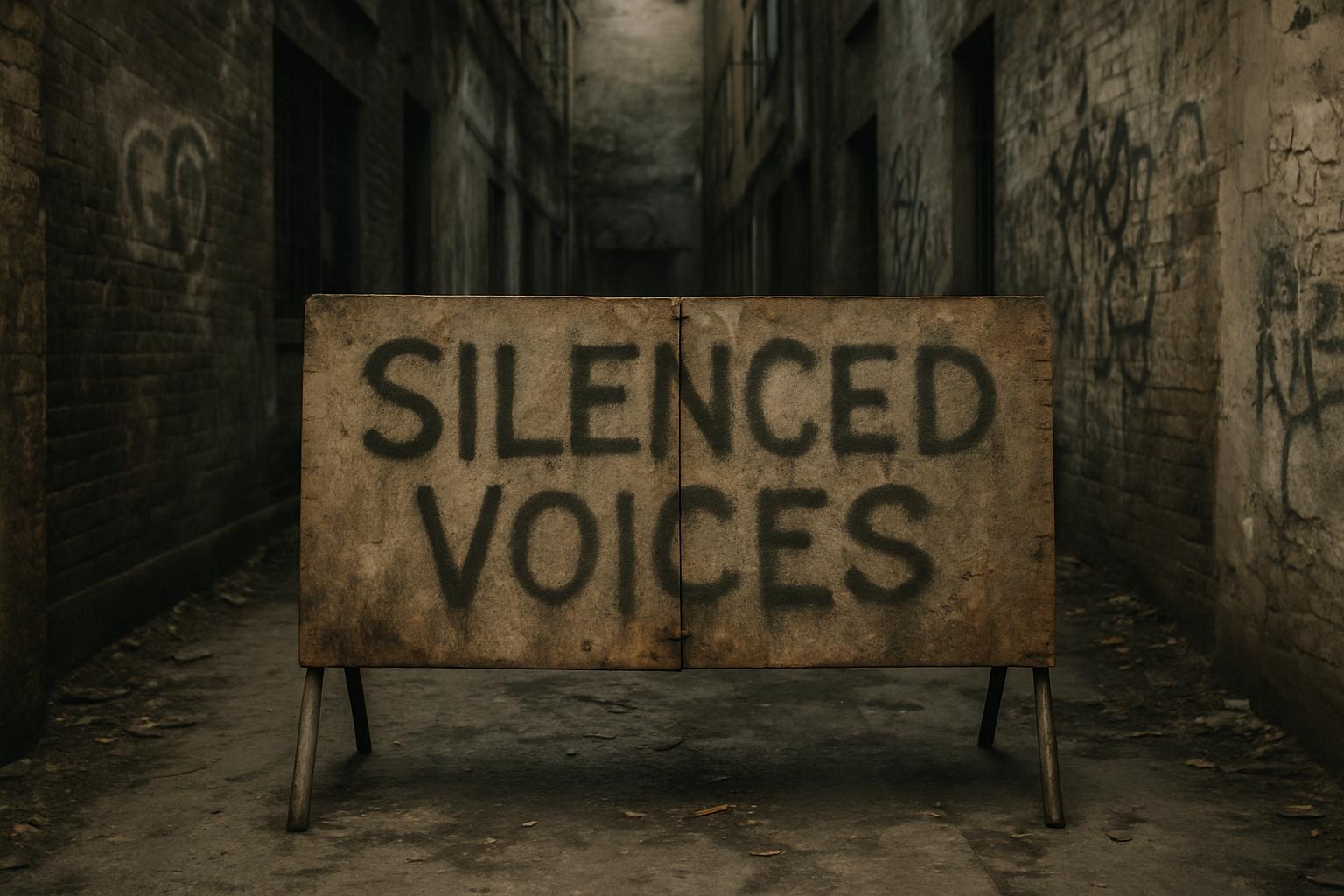The UK government’s recent move to tighten regulations on repeat protests has sparked heated debate in Parliament, with some MPs warning that it risks undermining fundamental freedoms. Home Secretary Shabana Mahmood has proposed amendments to Sections 12 and 14 of the Public Order Act 1986, which would grant police the explicit power to consider the cumulative impact of frequent protests when imposing conditions such as changing protest routes or timings. This initiative follows a surge in pro-Palestine demonstrations, including a London event that led to nearly 500 arrests, highlighting government concerns over community security and public order.
The announcement emerged against the backdrop of growing unease among Jewish communities, who reported feeling “considerable fear” during some protests that were perceived to have been hijacked by antisemitic elements. Mahmood’s proposals aim to strike a balance between preserving the right to protest and ensuring that public safety is not compromised by frequent disruptions in local areas. According to her, these measures do not remove the right to protest but seek to enable protests to continue in ways that do not cause ongoing disruption to other communities’ daily lives.
However, not all MPs have accepted this stance without criticism. Pete Wishart, the SNP MP for Perth and Kinross-shire, argued that such crackdowns risk “giving succour to the haters” by allowing them to shape government policy on protest rights and curtail basic freedoms historically enjoyed by the public. Liberal Democrat home affairs spokesman Max Wilkinson expressed concerns that recent government actions had led to disproportionate policing, including arrests of pensioners for peaceful demonstrations, thereby undermining legitimate protest activities and diverting police resources from protecting vulnerable communities. While acknowledging the real fear experienced by Jewish communities due to antisemitic harassment at some protests, Wilkinson emphasised the need for police to focus on those causing harm rather than peaceful demonstrators.
Mahmood responded firmly in the Commons, underscoring the government’s commitment to upholding the rule of law and condemning support for proscribed terrorist organisations like Palestine Action, which was linked to one of the recent London protests involving mass arrests. She invited critics, including the Liberal Democrats, to engage in legitimate parliamentary debate over counter-terrorism laws but rejected any defence of illegal activities.
The proposals have drawn concern from other quarters as well. Ellie Chowns, the Green Party’s Westminster leader, cautioned that further restrictions on protest risked increasing social division and urged that any policy measures focus on fostering solidarity between communities. On the other hand, Conservative MP Bob Blackman voiced popular frustration among Londoners over the public costs of policing what he described as “hate marches,” suggesting that organisers should bear the financial burden for the policing of their demonstrations.
Government officials maintain the amendments seek a “balanced situation” by explicitly allowing police to assess the ongoing cumulative impact of repeated protests on communities. The Home Secretary explained that the issue lies more with implementation than disagreement over the principle of managing disruption caused by protests.
The broader context for these measures includes a recent ruling by Britain’s High Court that found aspects of new protest laws introduced in 2023 unlawful. The court ruled that lowering the threshold of what constitutes “serious disruption” to community life sets too low a bar, a decision challenged by civil liberties groups who argue the changes constrain legitimate protest rights. Meanwhile, the government asserts the necessity of the amendments to protect public safety, especially in light of incidents like a deadly attack on a synagogue in Manchester, which intensified concerns about community security amid repeated demonstrations.
As the government moves to fine-tune public order legislation, it faces the ongoing challenge of safeguarding the right to peaceful protest while addressing the legitimate fears of communities affected by frequent demonstrations. The evolving debate illustrates the delicate balance between civil liberties and security in a diverse society, with legal and political scrutiny likely to continue.
📌 Reference Map:
- Paragraph 1 – [1], [2], [3], [4]
- Paragraph 2 – [1], [5], [7]
- Paragraph 3 – [1], [5]
- Paragraph 4 – [1], [5]
- Paragraph 5 – [1], [5], [7]
- Paragraph 6 – [1], [5]
- Paragraph 7 – [1], [6]
- Paragraph 8 – [1], [6], [7]
Source: Noah Wire Services
